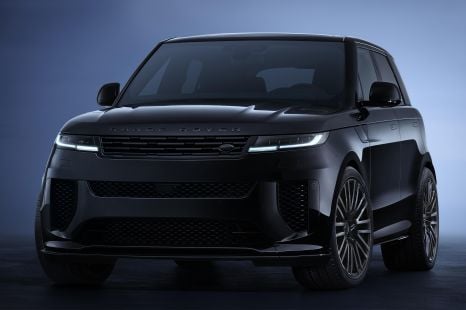

William Stopford
14 Days Ago

News Editor
Toyota is planning to give the small SUV segment a one-two punch, with the new Corolla Cross reportedly set to be followed by a second-generation C-HR.
Japanese outlet Best Car Web reports the new C-HR will be launched in mid-2023, featuring a larger base engine and the option of all-wheel drive.
The current car’s turbocharged 1.2-litre four-cylinder petrol engine will reportedly be axed, as it will be in the Japanese-market Corolla, with a naturally-aspirated 2.0-litre four taking its place.
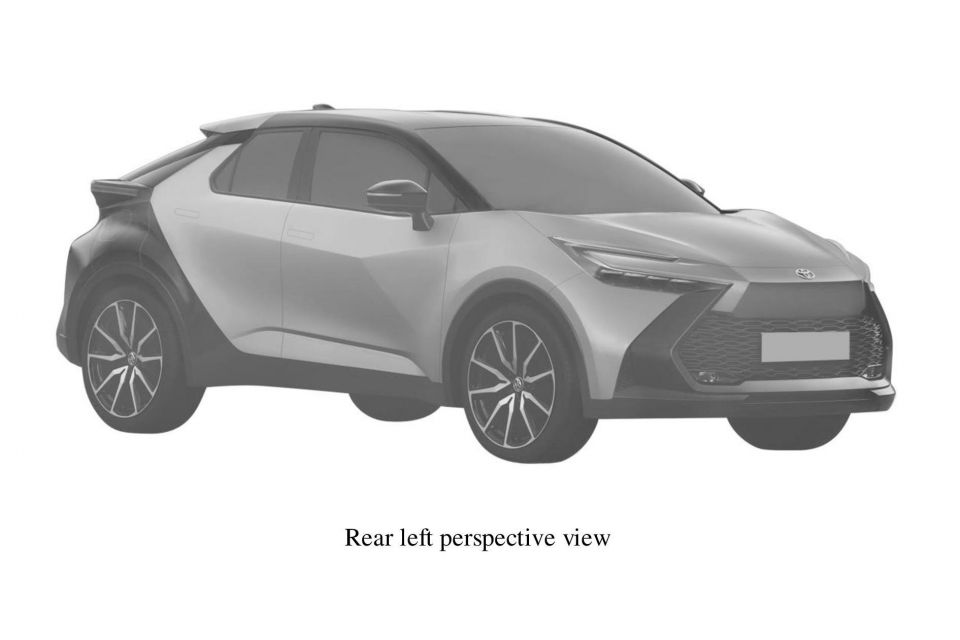
The Corolla Cross’ atmo 2.0-litre produces 126kW and 202Nm, up 41kW and 17Nm on the current C-HR’s 1.2-litre turbo.
A 1.8-litre hybrid four will reportedly continue to be offered, while an electric powertrain could also be offered. The current C-HR is available as an EV, but only in China.
The hybrid model is expected to use Toyota’s latest, fifth-generation hybrid system, with a new lithium-ion battery and improved power and fuel efficiency. The current C-HR hybrid produces 90kW of power.
The C-HR will also reportedly gain an e-Four option, like the RAV4, with a rear electric motor giving the crossover all-wheel drive.

It will reportedly continue to use the TNGA platform, debuted on the current model, though it may feature a more practical body to address criticisms of the current car’s rear seat.
Best Car Web lists measurements of 4500mm in length, 1800mm in width and 1570mm in height on a 2700mm wheelbase.
The current car in standard guise is 4390mm long, 1795mm wide, 1565mm tall and rides a 2640mm wheelbase.
The production C-HR will reportedly resemble the bZ Compact SUV, unveiled last December as part of a surprise reveal of 16 electric vehicle concepts.
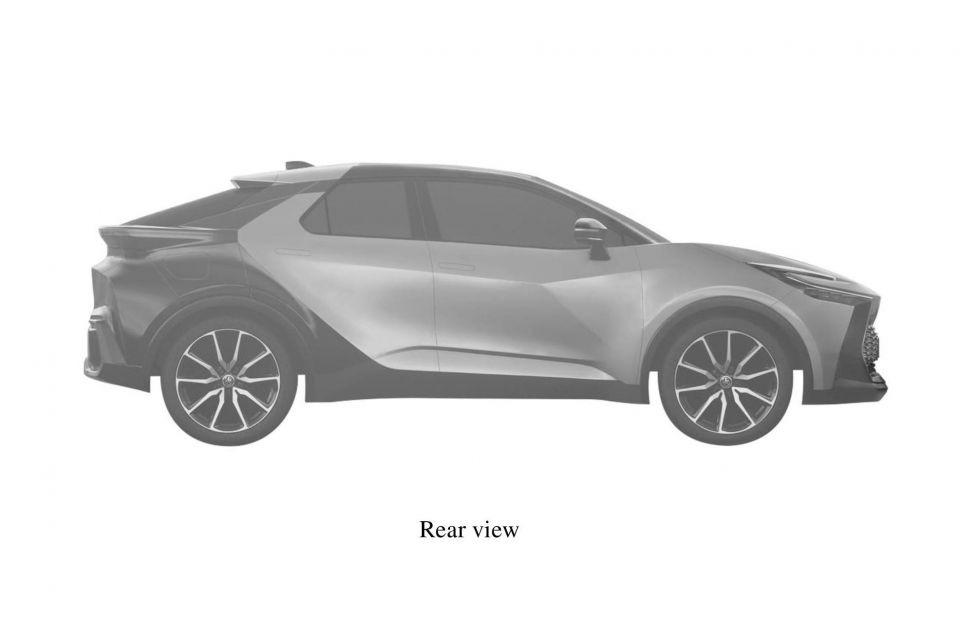
A filing appeared on IP Australia earlier this month depicting what appears to be a production version of the bZ Compact SUV. Though no name is listed, this could be the production C-HR.
The overall shape is quite similar to that of the current car, but the detailing is quite different, headlined by what appears to be a distinctive two-tone treatment that sees the rear end finished in a different colour.
There’s still a large lower grille like on the current car, but the headlights are slimmer and feature a distinctive U-shaped design. There are also bulging front fenders for a more dynamic look.
The polarising side creases of the current car are gone, replaced by a simpler Y-shaped crease down the side.
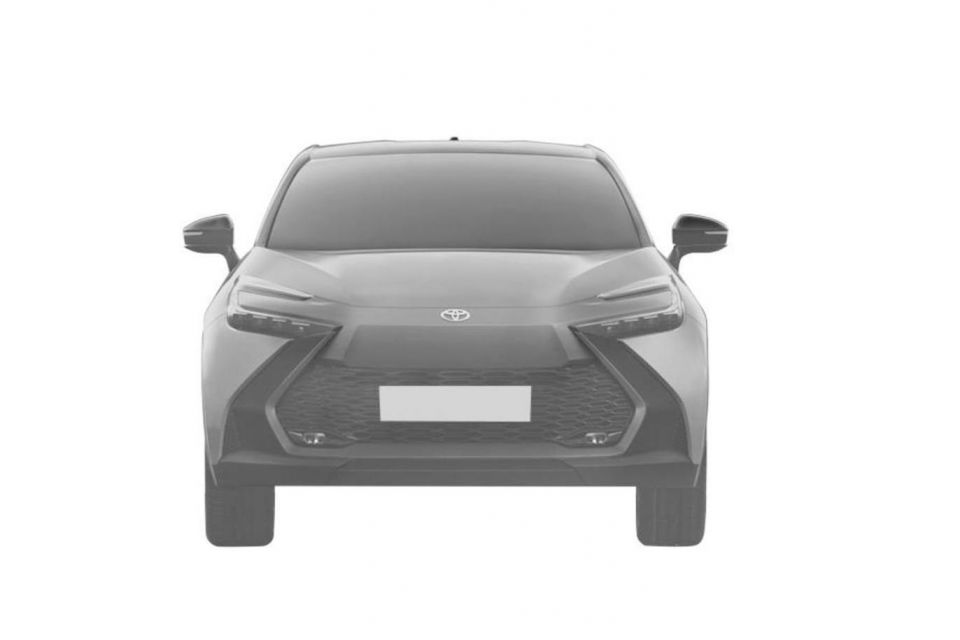
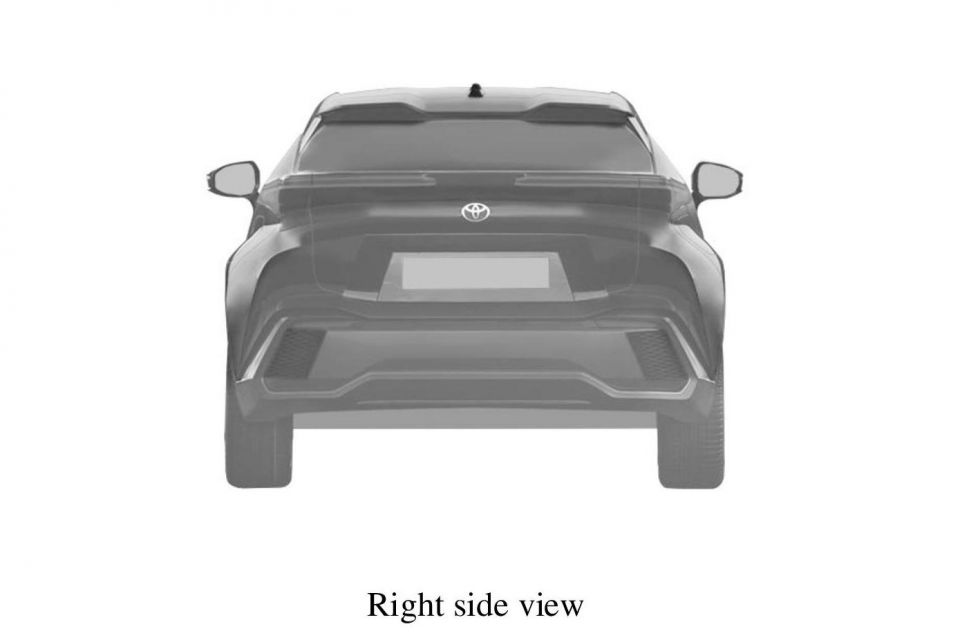
The rear door windows remain quite small, though the ‘hidden’ rear door handles have been replaced with what look like flush units lower on the door that match those of the front door.
There’s still a rakish tailgate, but the tail lights are also slimmer. Horizontally oriented, they extend almost entirely across the tailgate.
The current C-HR entered production in 2016 and, though it’s been a steady seller in markets like Europe, the US and Australia, its popularity has waned in Japan.
Its sales performance in Australia, unusually for a Toyota product, hasn’t been remarkable.
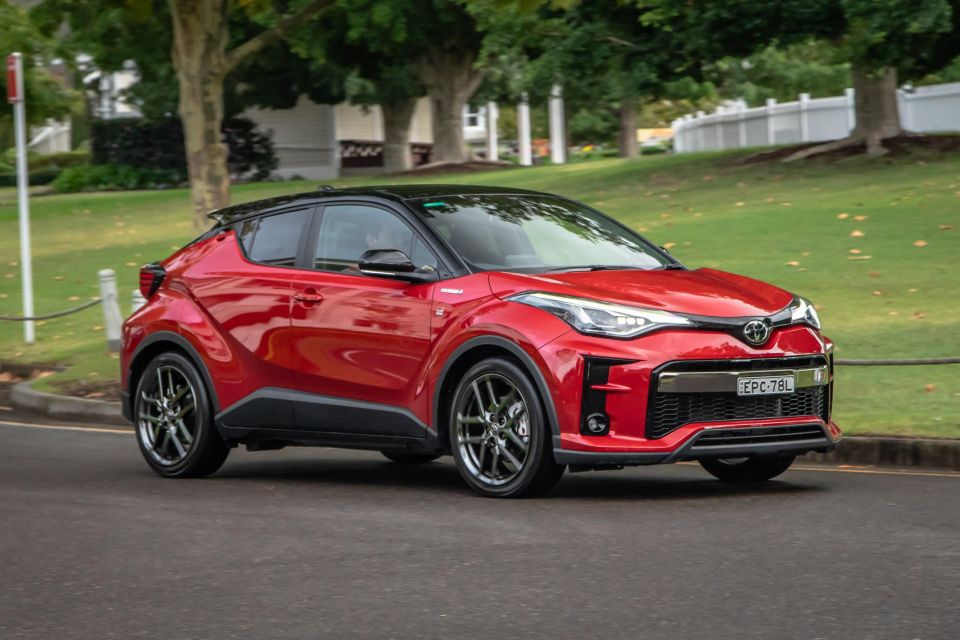

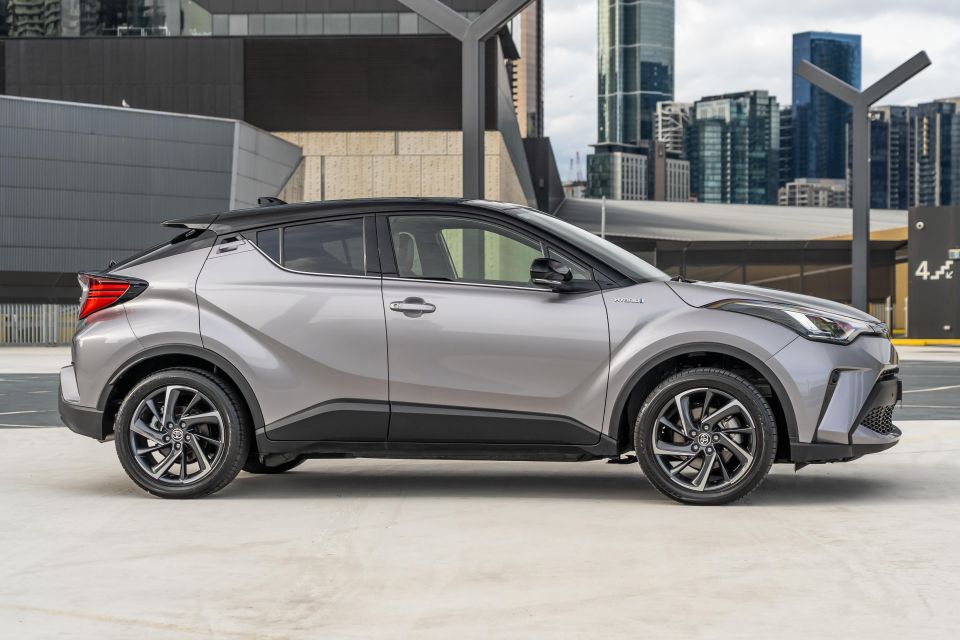

While the Japanese brand’s products are typically among the top three best-selling vehicles – and often the top – in their respective segments, the C-HR is currently sitting at seventh in the small SUV segment to the end of August.
At 5555 sales, it’s being outsold by almost exactly two-to-one by the Mazda CX-30.
With the more practical Corolla Cross due in October, the C-HR – even with the benefit of a redesign – is unlikely to snatch the top spot, but it remains to be seen whether it can edge past similarly style-focused rivals like the Hyundai Kona.
MORE: Everything Toyota C-HR
Take advantage of Australia's BIGGEST new car website to find a great deal on a Toyota C-HR.
William Stopford is an automotive journalist based in Brisbane, Australia. William is a Business/Journalism graduate from the Queensland University of Technology who loves to travel, briefly lived in the US, and has a particular interest in the American car industry.


William Stopford
14 Days Ago


Damion Smy
13 Days Ago
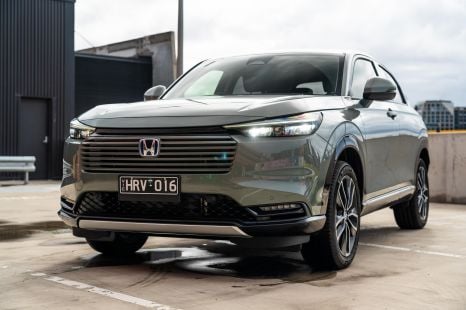

Max Davies
12 Days Ago


William Stopford
12 Days Ago
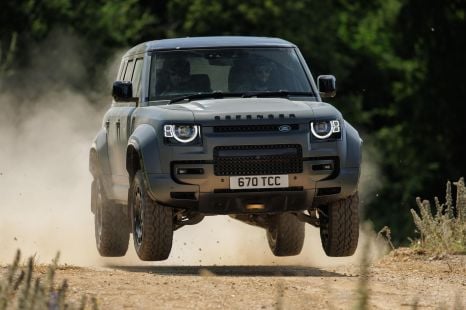

Alborz Fallah
9 Days Ago
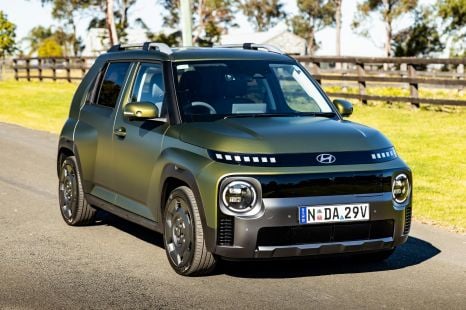

Matt Campbell
8 Days Ago